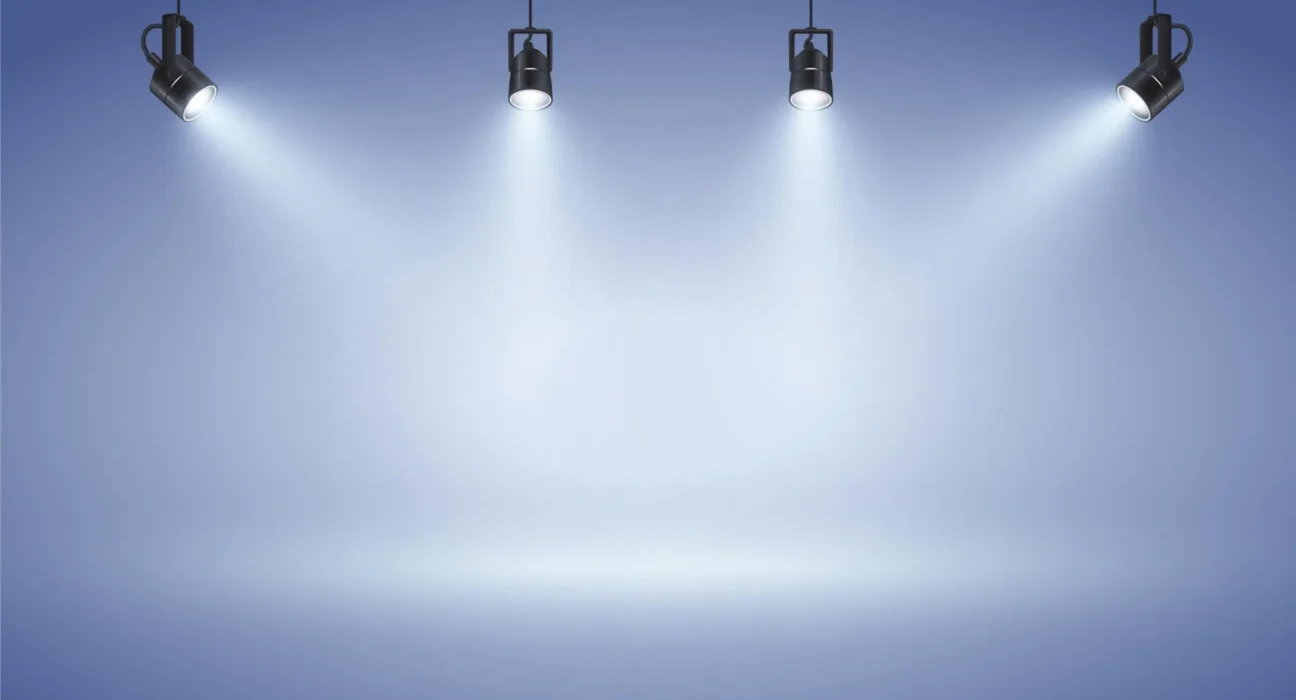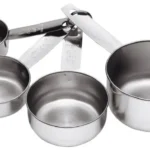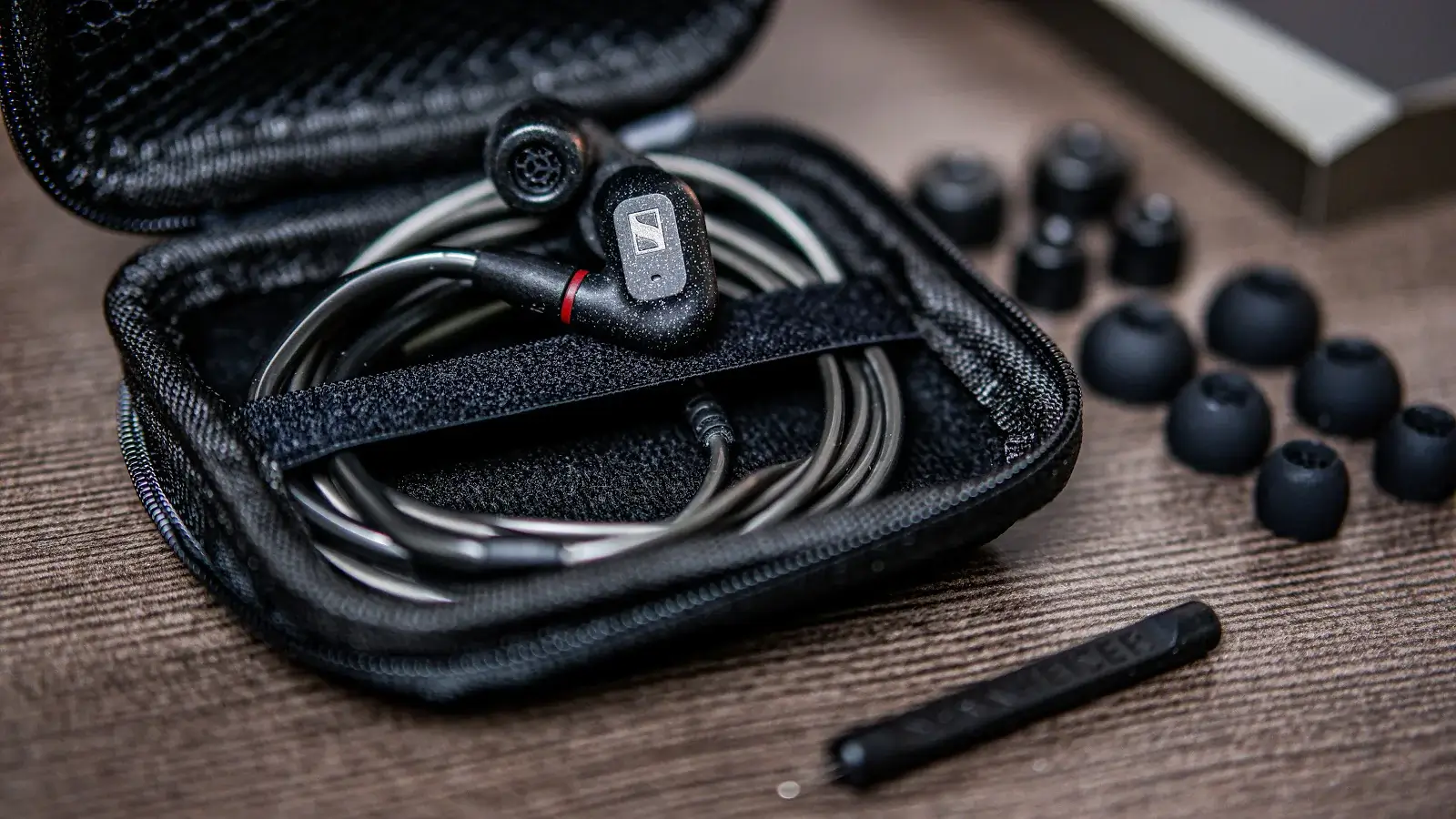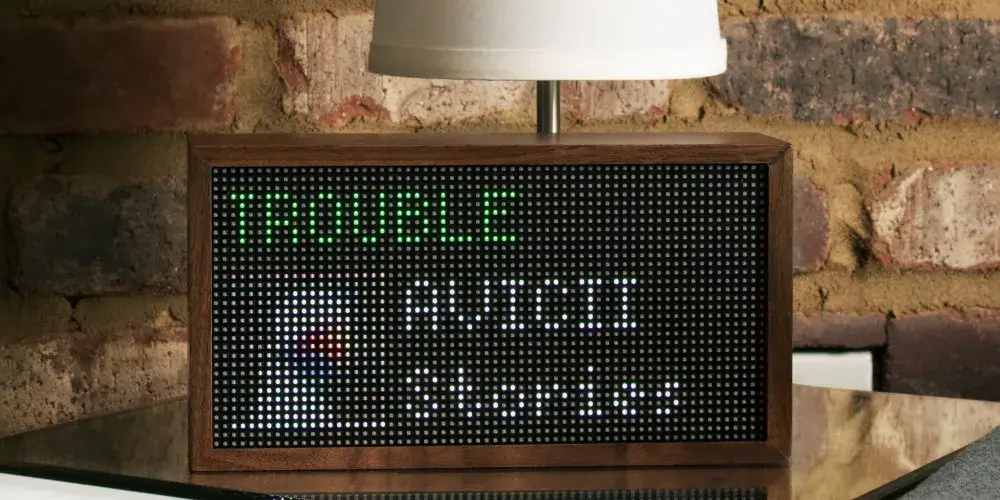LED flood lights are powerful lighting fixtures that use light-emitting diodes (LEDs) to produce bright and Optimal illumination across large areas. They are commonly used for outdoor lighting applications such as illuminating building facades, parking lots, sports fields, and landscapes. LED flood lights offer several advantages over traditional lighting technologies, including higher energy efficiency, longer lifespan, and greater durability. They come in various types, including traditional LED flood lights, RGB LED flood lights for color-changing effects, solar-powered LED flood lights for off-grid applications, and motion sensor LED flood lights for enhanced security. Overall, LED flood lights provide effective and sustainable lighting solutions for both residential and commercial settings.
Evolution of LED Flood Lights: From Inception to Innovation
LED flood lights represent a significant advancement in lighting technology, offering unparalleled efficiency, durability, and versatility. The evolution of LED flood lights has been a journey marked by innovation, driven by the pursuit of energy efficiency, sustainability, and superior lighting performance.
Early Beginnings
The journey of LED flood lights traces back to the invention of the light-emitting diode (LED) in the early 1960s. Initially, LEDs were primarily used as indicator lights in electronic devices due to their low power consumption and long lifespan. However, their limited light output and narrow color range hindered their widespread adoption for general lighting applications.
Advancements in LED Technology
Over the decades, advancements in LED technology, including improvements in semiconductor materials, chip design, and manufacturing processes, transformed LEDs into viable alternatives to traditional lighting sources. Breakthroughs in phosphor coating techniques enabled LEDs to emit a broader spectrum of colors, paving the way for the development of white LEDs suitable for general illumination.
Emergence of LED Flood Lights
The emergence of LED flood lights can be attributed to the growing demand for energy-efficient lighting solutions and the desire to reduce carbon emissions and environmental impact. LED flood lights offered a compelling proposition: higher energy efficiency, longer lifespan, and lower maintenance costs compared to conventional lighting fixtures such as incandescent, halogen, and metal halide lamps.
Early Challenges and Limitations
In the early stages of their development, LED flood lights faced several challenges and limitations. Issues such as limited lumen output, poor color rendering, and high initial cost hindered their widespread adoption. Additionally, concerns regarding heat dissipation, thermal management, and compatibility with existing infrastructure posed significant hurdles for LED flood light manufacturers.
Technological Breakthroughs
Technological breakthroughs in LED chip design, thermal management, and optics played a crucial role in overcoming these challenges and driving the evolution of LED flood lights. Innovations such as high-power LEDs, advanced heat sinks, and precision optics improved light output, efficacy, and beam control, making LED flood lights more efficient and versatile.
Market Adoption and Expansion
As LED technology matured and manufacturing costs declined, LED flood lights gained traction in various industries and applications. From outdoor area lighting and architectural illumination to sports field lighting and industrial facilities, LED flood lights found widespread use in diverse settings, replacing traditional lighting fixtures and delivering superior performance and energy savings.
Integration of Smart Features
The integration of smart lighting controls and IoT (Internet of Things) connectivity further enhanced the functionality and capabilities of LED flood lights. Smart features such as dimming, scheduling, motion sensing, and remote monitoring enabled dynamic lighting control, energy optimization, and enhanced user experience, making LED flood lights more intelligent and adaptable to changing needs and preferences.
Continued Innovation and Advancement
The evolution of LED flood lights continues unabated, driven by ongoing innovation and advancements in LED technology, materials science, and lighting design. Future developments may include improvements in efficiency, efficacy, color quality, and controllability, as well as the integration of emerging technologies such as LiFi (Light Fidelity) communication and LiDAR (Light Detection and Ranging) sensing.
Factors to Consider When Choosing LED Flood Lights
Selecting the right LED flood lights for your application requires careful consideration of various factors to ensure optimal performance, efficiency, and compatibility. Whether you’re illuminating outdoor spaces, enhancing security, or highlighting architectural features, here are the key factors to keep in mind when choosing LED flood lights:
1. Light Output (Lumen)
The light output of LED flood lights is measured in lumens (lm) and determines the brightness of the illumination. Consider the desired level of brightness for your application and choose LED flood lights with sufficient lumen output to adequately illuminate the target area.
2. Beam Angle
The beam angle of LED flood lights determines the spread of light emitted by the fixture. A wide beam angle provides broad coverage but may result in less concentrated illumination, while a narrow beam angle offers focused lighting with higher intensity. Select the appropriate beam angle based on the size and layout of the illuminated area.
3. Color Temperature (Kelvin)
LED flood lights are available in different color temperatures, ranging from warm white (2700-3000 Kelvin) to cool white (5000-6500 Kelvin). Consider the desired ambiance and visual effect when choosing the color temperature of LED flood lights. Warm white light creates a cozy atmosphere, while cool white light provides bright, daylight-like illumination.
4. Energy Efficiency (Wattage)
LED flood lights consume less energy compared to traditional lighting sources, resulting in lower electricity bills and reduced carbon emissions. Choose LED flood lights with high energy efficiency ratings (lumens per watt) to minimize energy consumption and operating costs while maximizing light output.
5. Durability and Weather Resistance (IP Rating)
Outdoor LED flood lights should be durable and weather-resistant to withstand exposure to the elements, including rain, snow, wind, and temperature fluctuations. Look for LED flood lights with a high IP (Ingress Protection) rating, indicating protection against dust ingress and water jets from any direction.
6. Lifespan and Reliability
LED flood lights have a longer lifespan and greater reliability compared to traditional lighting fixtures, reducing maintenance requirements and replacement costs. Choose LED flood lights from reputable manufacturers with a proven track record of quality and reliability to ensure long-term performance and durability.
7. Dimming and Control Options
LED flood lights with dimming and control options offer flexibility and versatility in lighting design and operation. Consider whether you require dimmable LED flood lights or programmable control features such as motion sensing, scheduling, and remote monitoring to customize lighting settings and optimize energy usage.
8. Warranty and Support
Select LED flood lights from manufacturers that offer comprehensive warranties and reliable customer support. A warranty provides assurance against defects and malfunctions, while responsive customer support ensures prompt assistance and resolution of any issues that may arise during installation or operation.
9. Compatibility with Existing Infrastructure
Ensure that the chosen LED flood lights are compatible with existing wiring, fixtures, and mounting configurations to facilitate seamless integration and installation. Consider factors such as voltage requirements, mounting options, and wiring compatibility when selecting LED flood lights for retrofit or new construction projects.
10. Budget and Cost Considerations
Evaluate the upfront cost, total cost of ownership, and return on investment (ROI) when choosing LED flood lights. While LED flood lights may have a higher initial cost compared to traditional lighting fixtures, their long-term energy savings, reduced maintenance expenses, and extended lifespan justify the investment in the long run.





